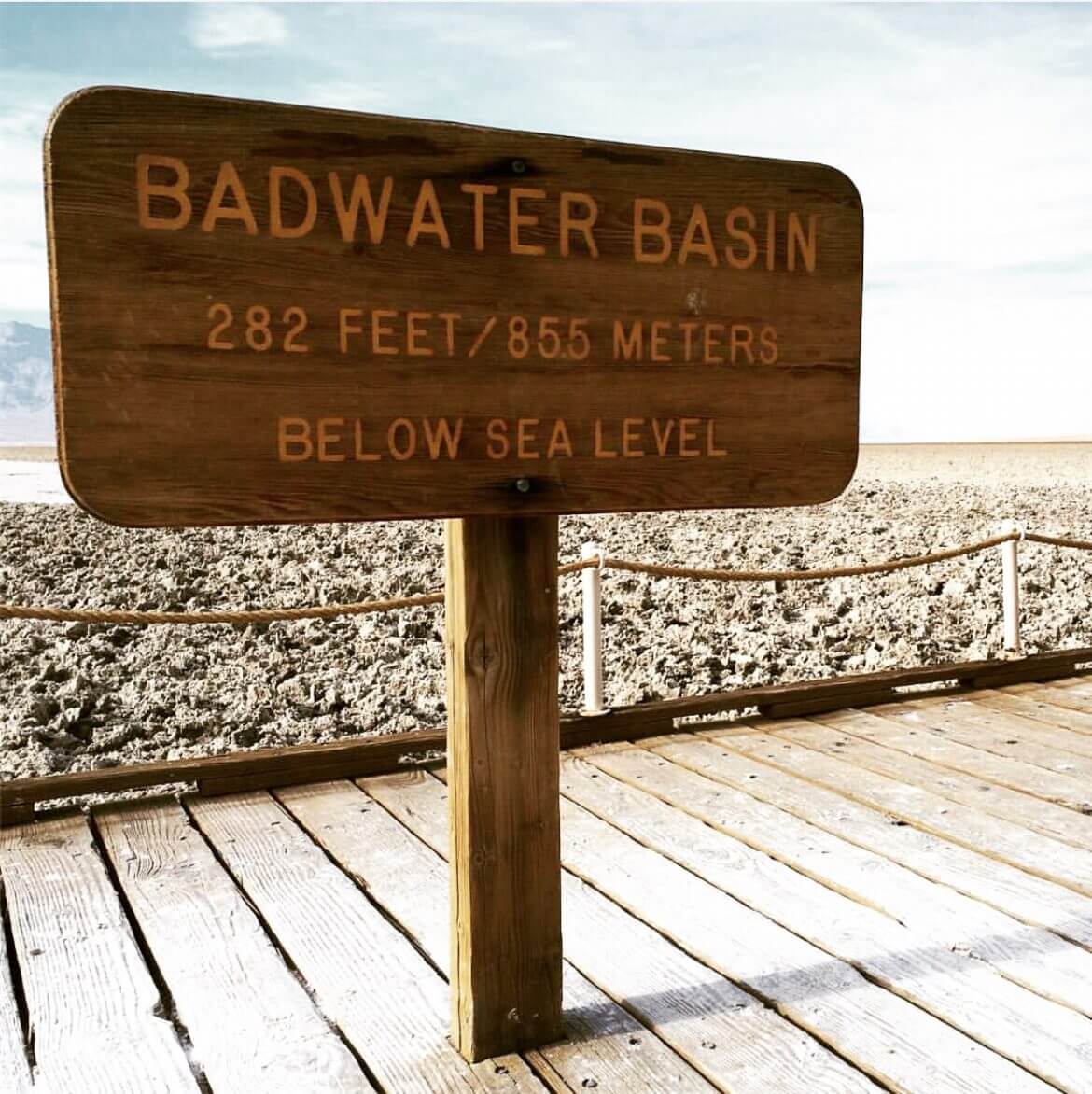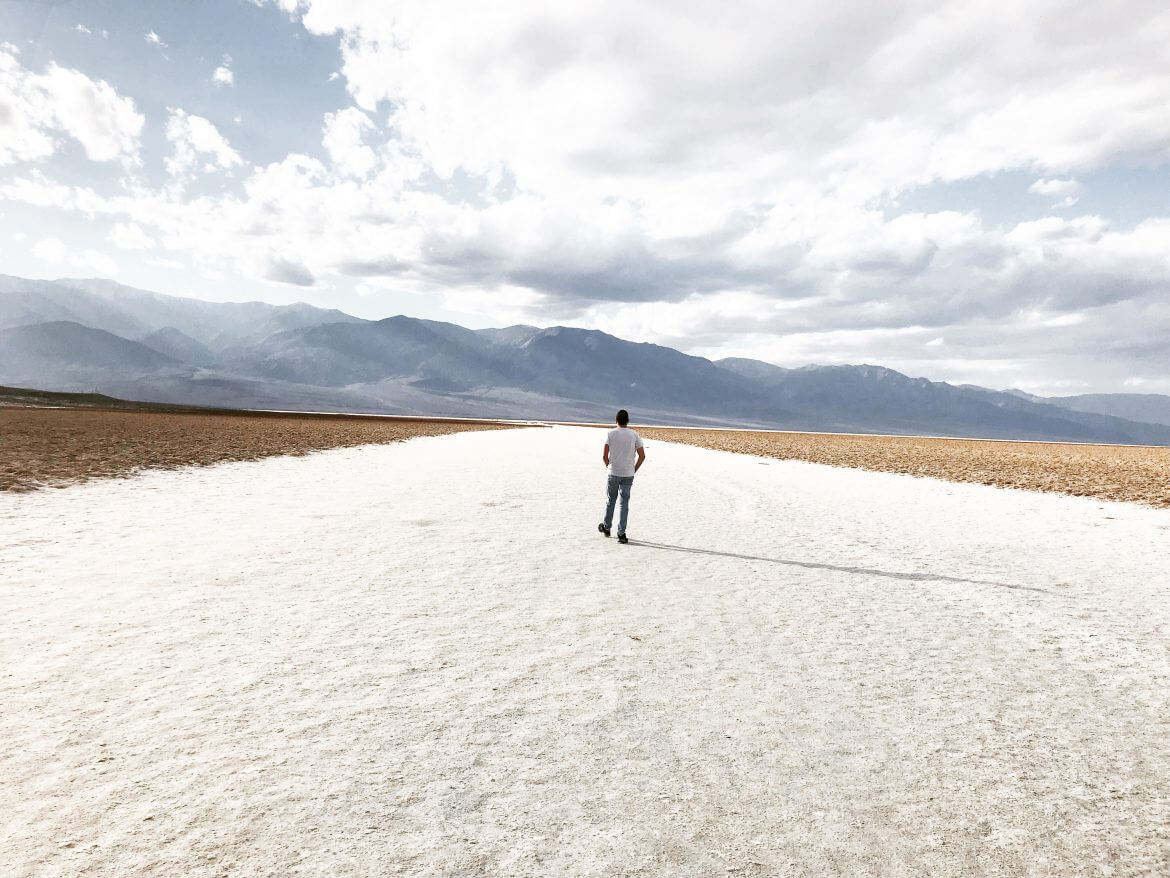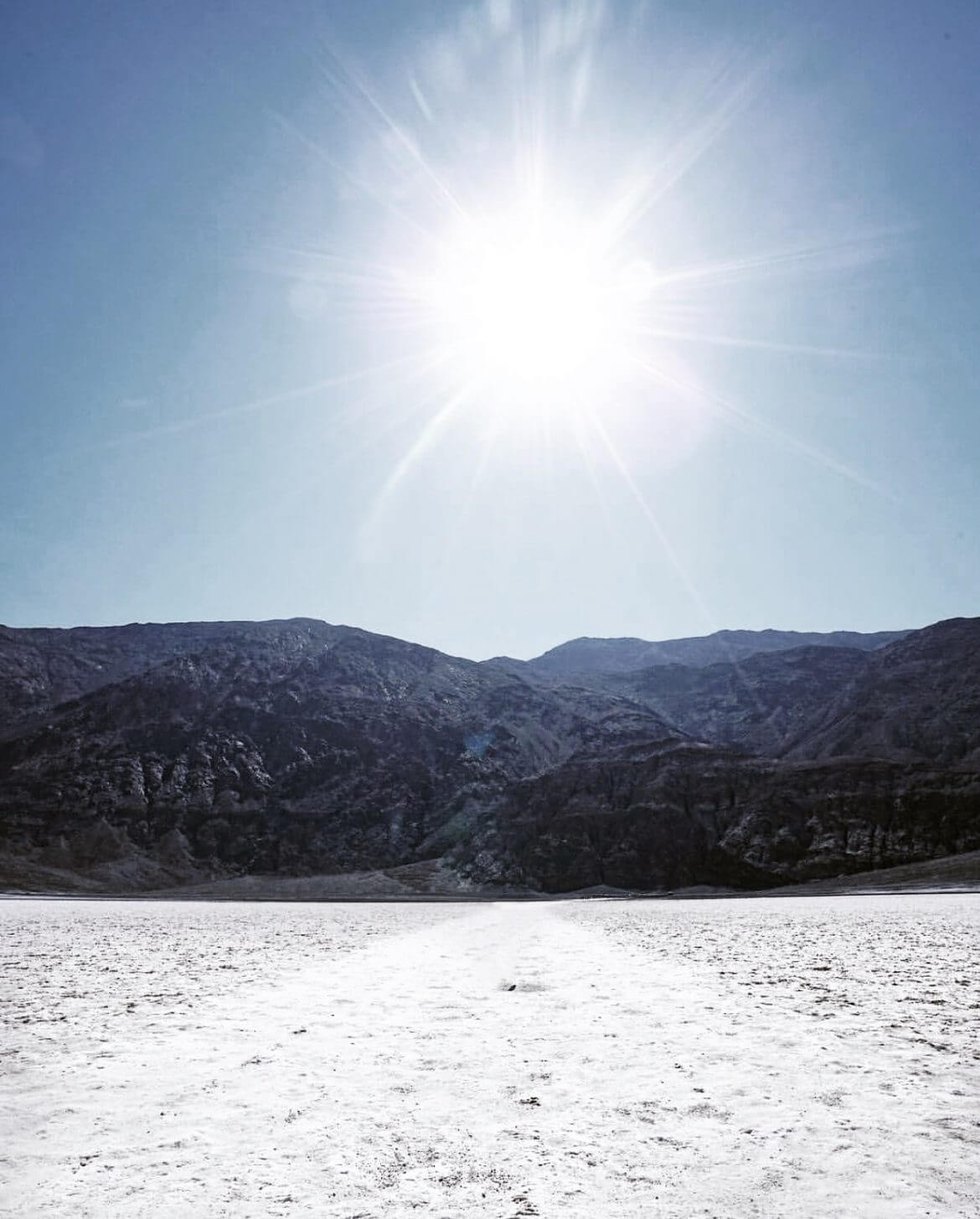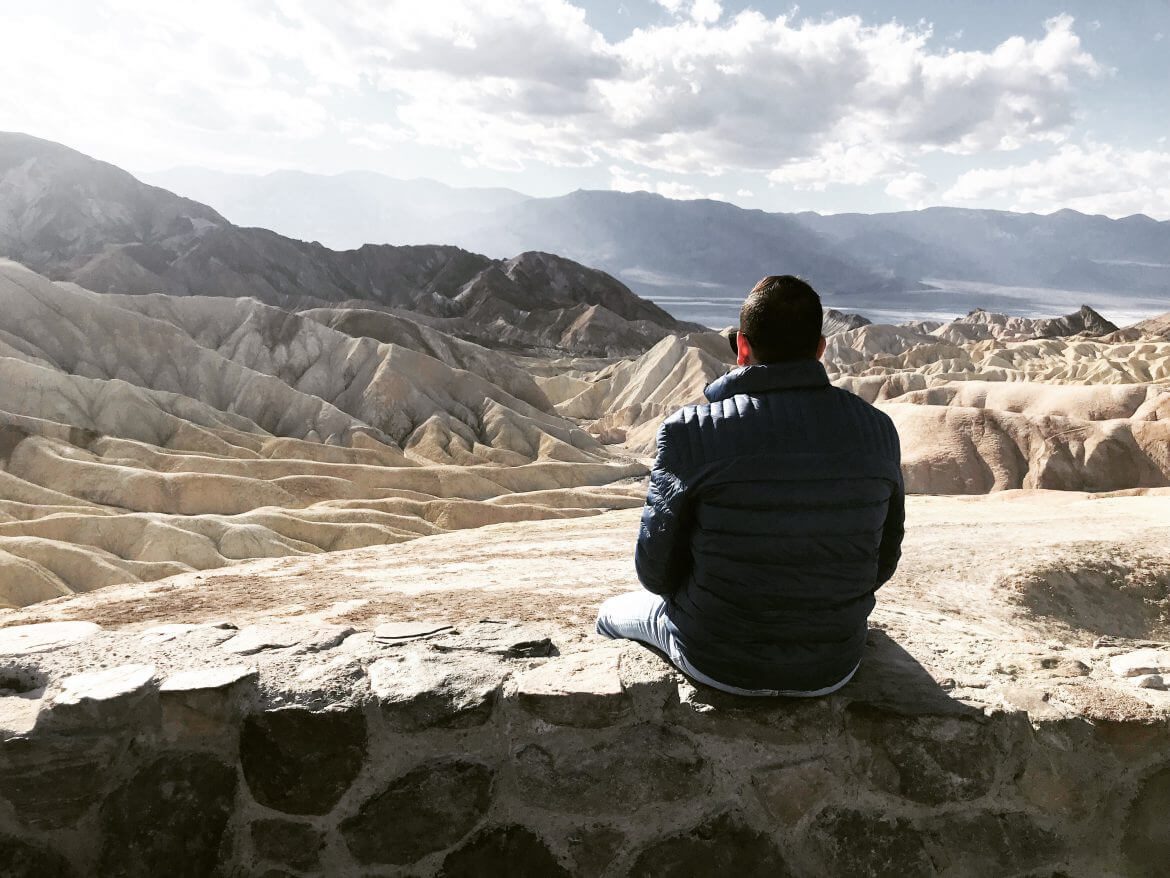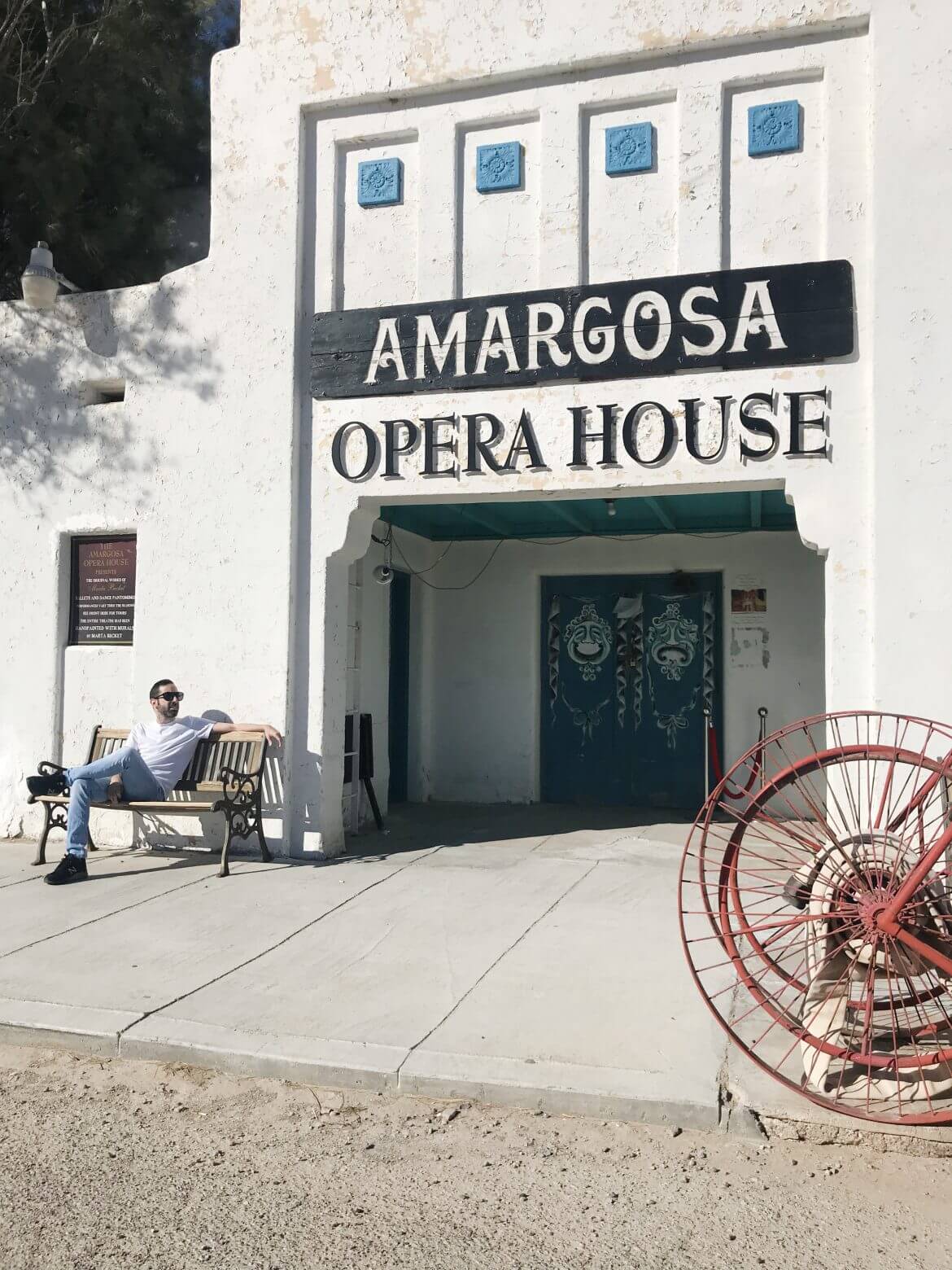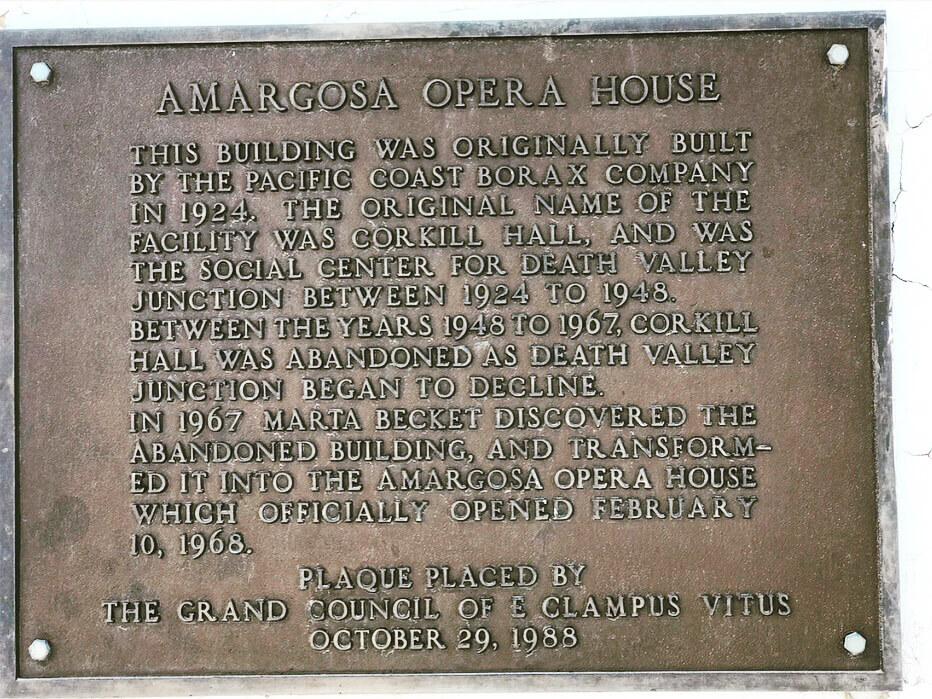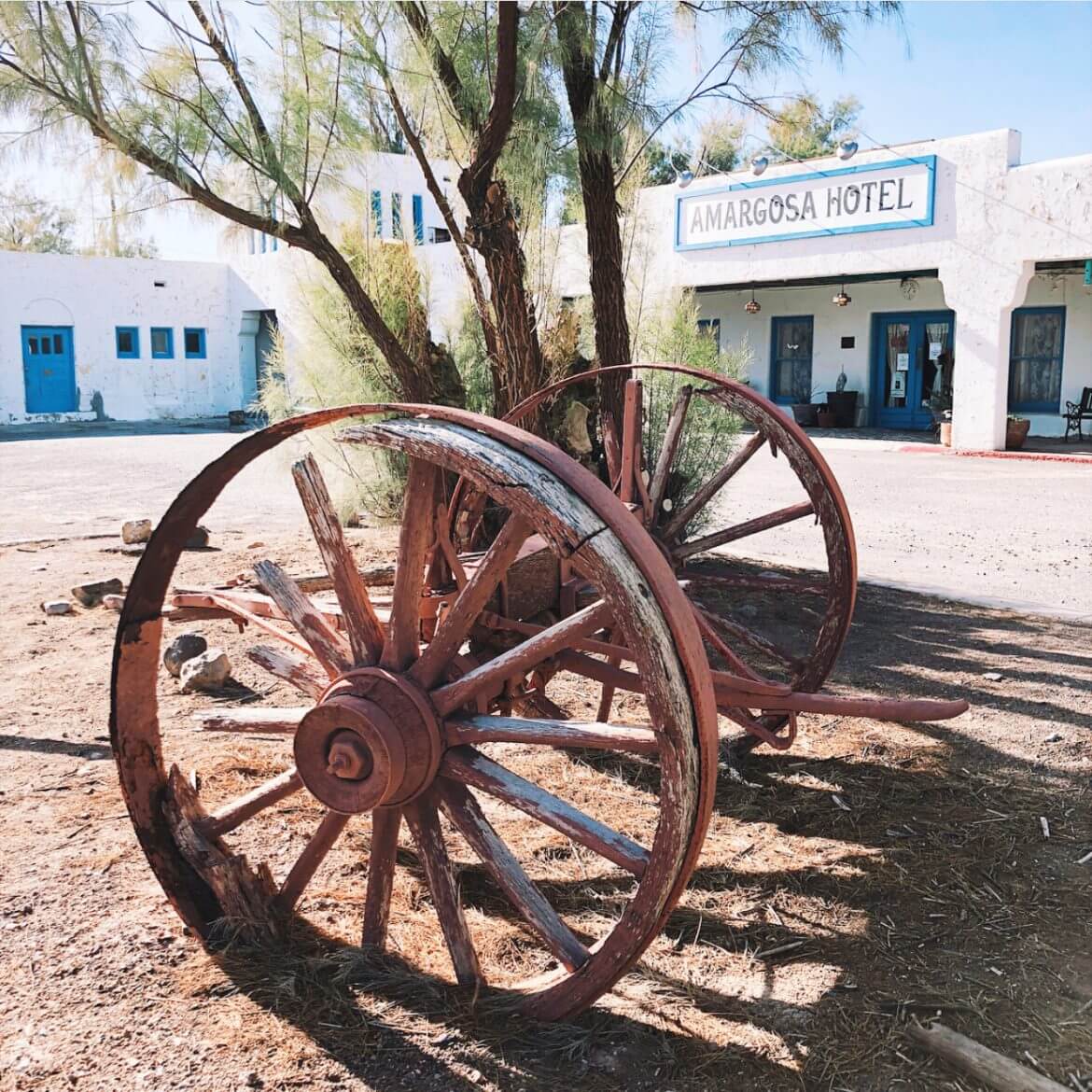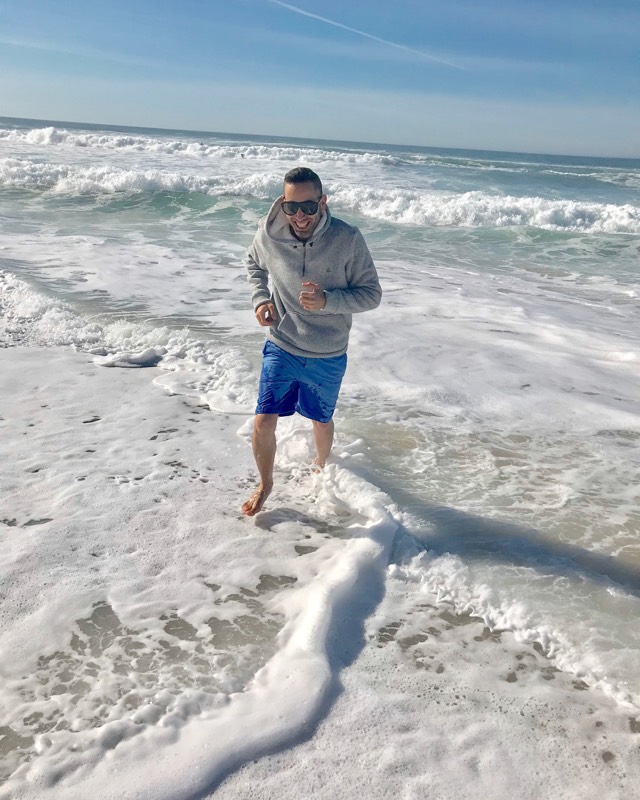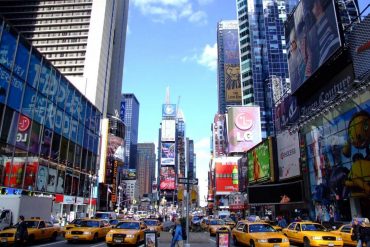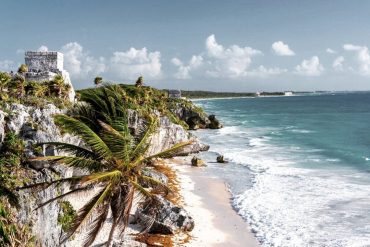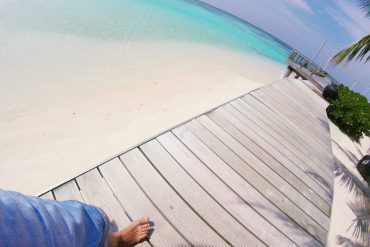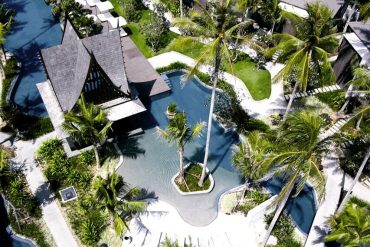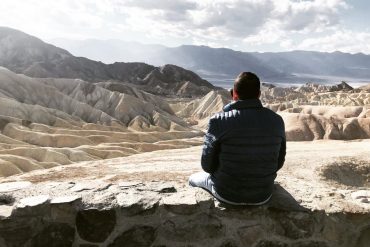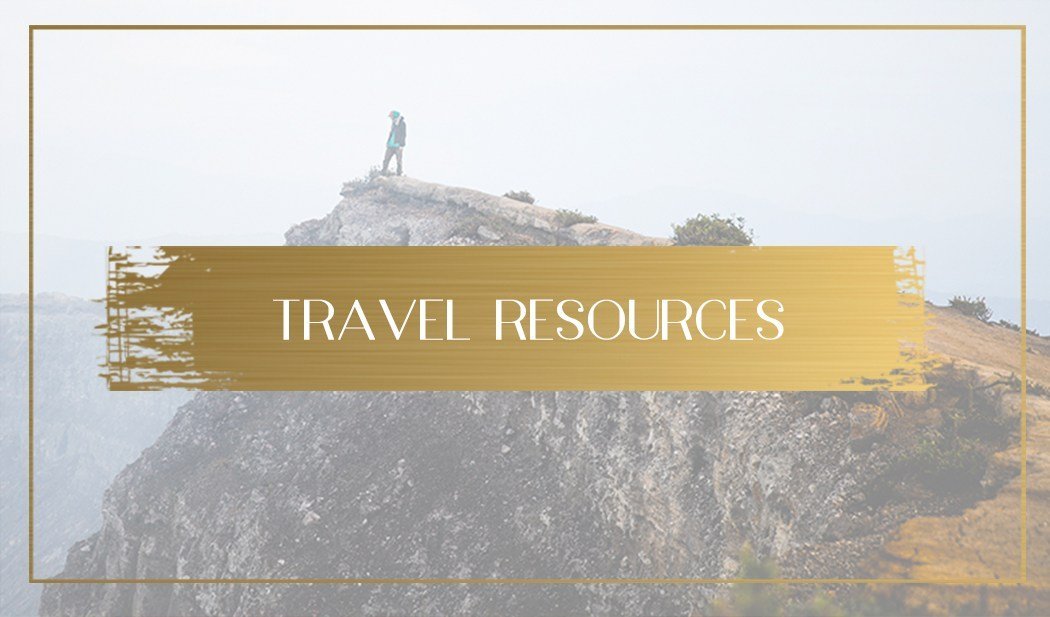Death Valley National Park is one of the biggest parks in California by sheer size. It is desolate and hot with a beauty that beckons the adventurer to come and explore its majestic desert valley. It is out of the way from most metropolitan California cities so you might as well make the most of your drive and see as much as you possibly can our must stop at the Valley :
First stop: Amargosa Opera House:
Located on the eastern outskirts of the park, this hotel and fully functional unique opera house are a must stop on any visit to the park from the east side.
Amargosa Opera House is located in Death Valley Junction at the intersection of State Line Road and Highway 127. It is hard to miss as it is one of the only things in the entire area and it takes up a couple of blocks.
Second stop: Zabrakis Point:
The Zabrakis Point is one of the best spots in Death Valley National Park to see a sunset, and at only 15 minutes drive from the main Furnace Creek area of the park it is a spot that you can easily get to and enjoy.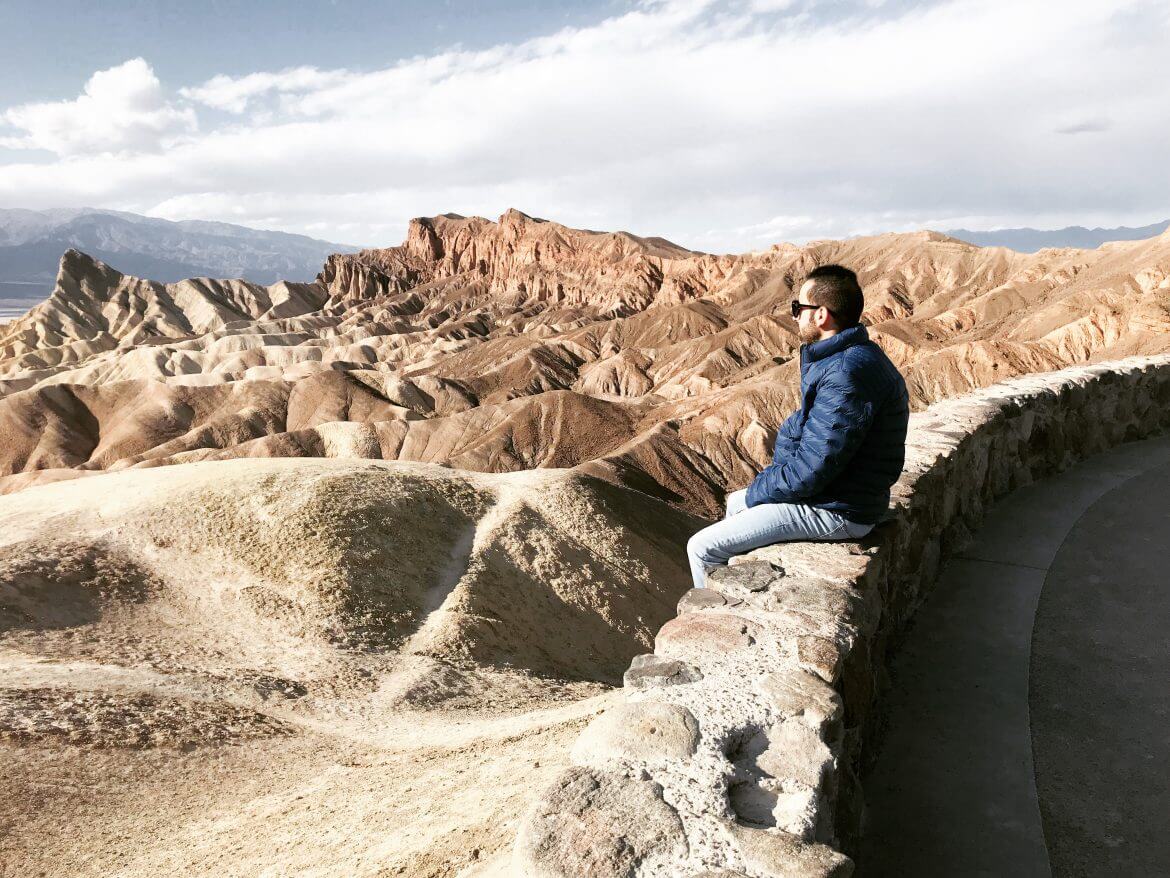
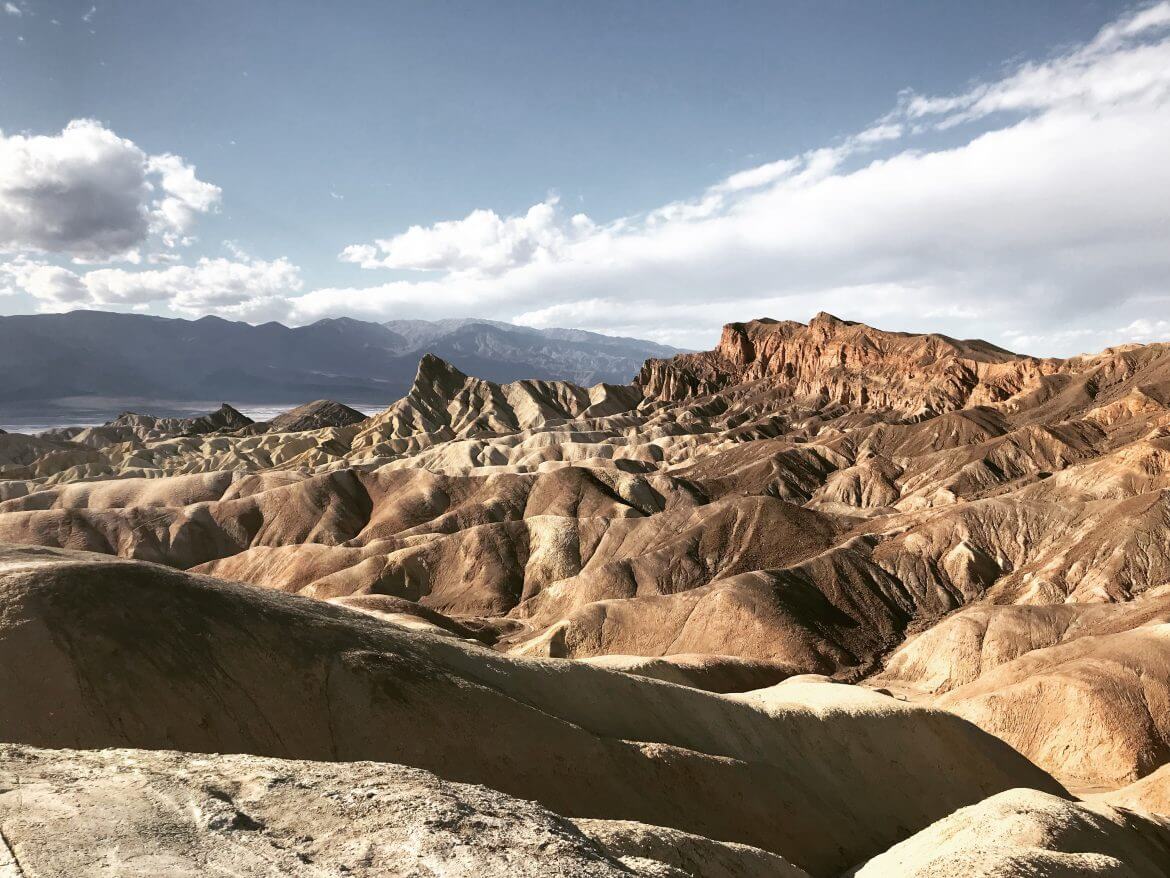
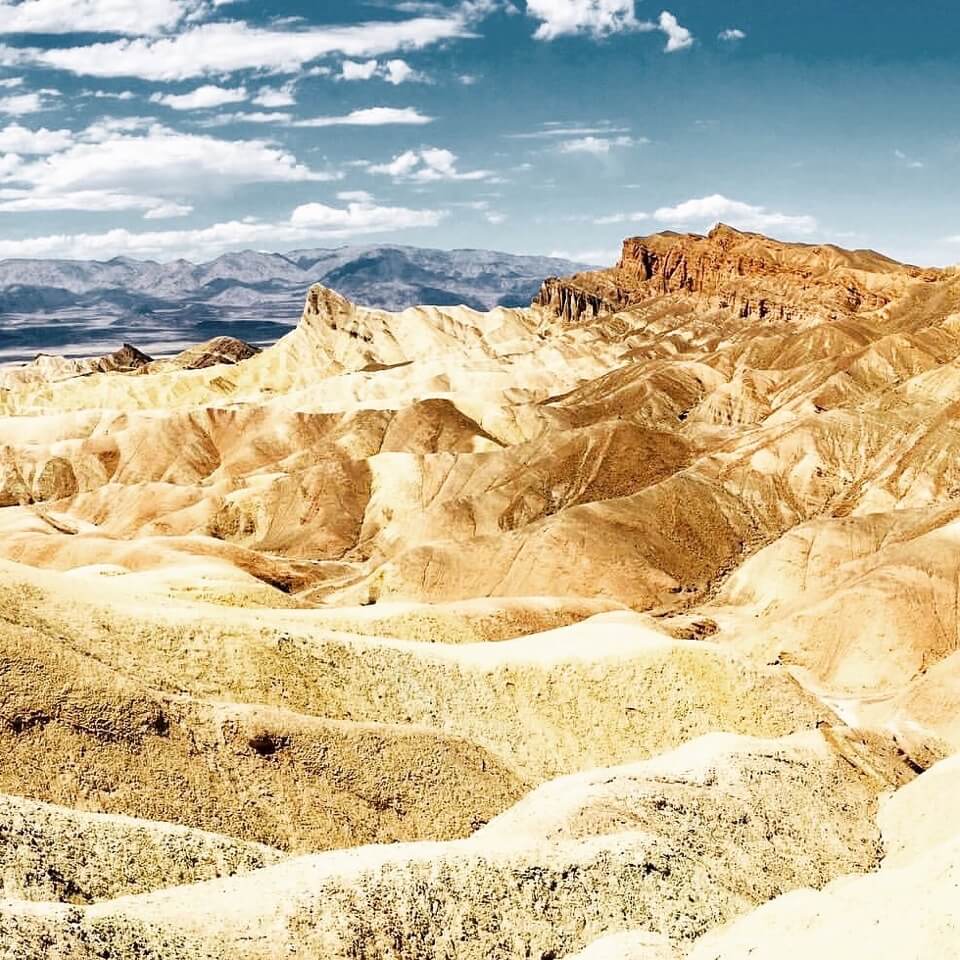
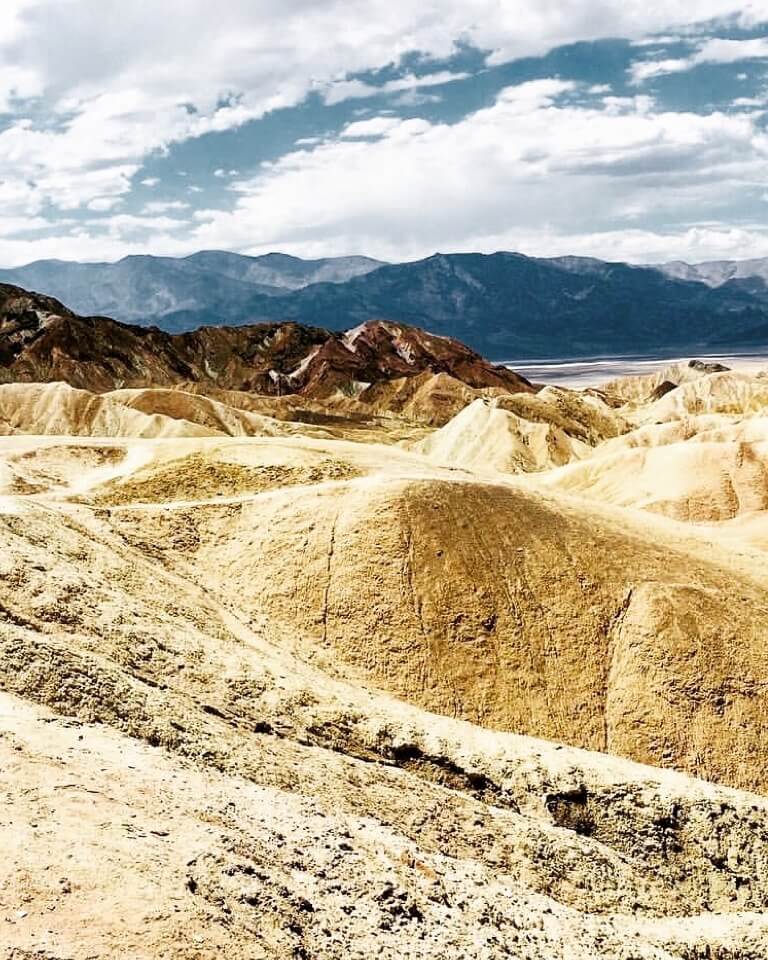
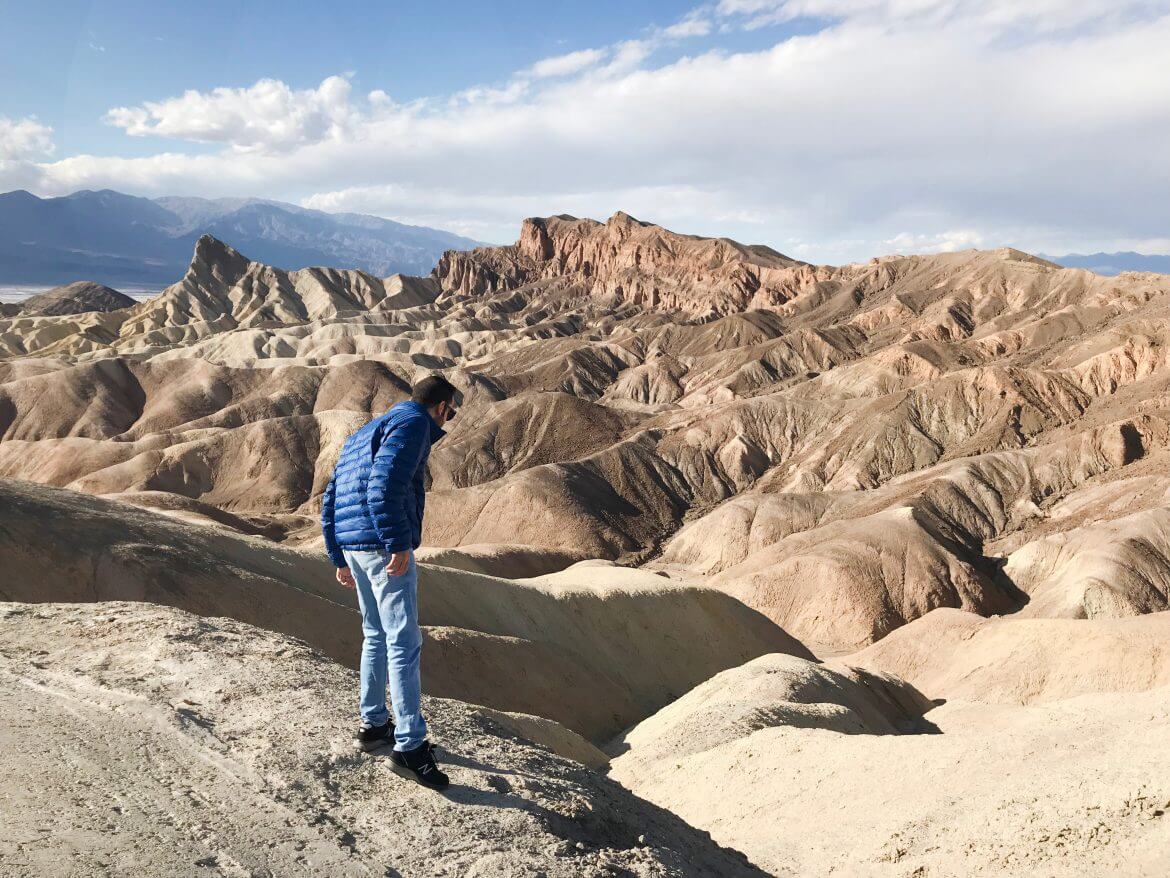

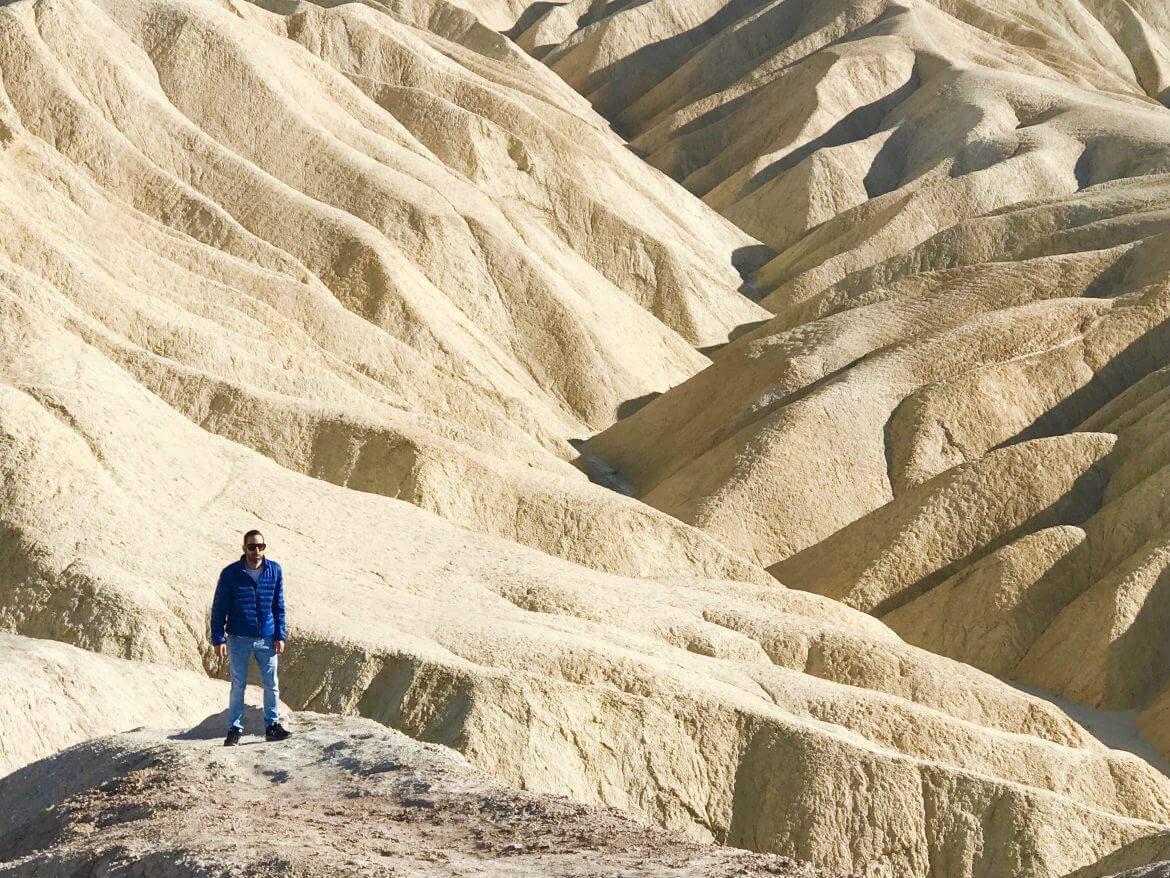
Last stop: Badwater Basin Lowest Point the USA:
No trip to Death Valley would be complete without a stop at the lowest point in North America. Badwater Basin is that point, and it is located right in the heart of the Death Valley National Park. Badwater Basin is a unique place to stop. You don’t need a lot of time there, but it is worth checking out. You have probably never been this low or seen such a large concentration of salt in your life. The basin is located on the south end of the park.
Next, you can start to head down to the boardwalk which leads to the pool and the salt flats. As soon as you enter the walk out on the platform you are immediately greeted with a huge lake of what looks like snow. these salt flats make for a truly unique experience as you can see them for as far as the eye can see.
The Badwater pool was a small collection of water at this time of the year and often nonexistent during the hot summer months. Like in the story at the beginning of the post, this water is so high in salt content that almost nothing can actually live there. After checking that out, you can walk out onto the salt flats. The salt itself is 5 miles long, so most people do not walk all the way across. Be careful when you are walking as some of it can be brittle and break. As soon as you get a large concentration of salt, you can start to see the individual crystals that form with the life cycle of rain and evaporation. It is very fascinating. The area seems to stretch on and on. Especially when you turn around and see how far you came.